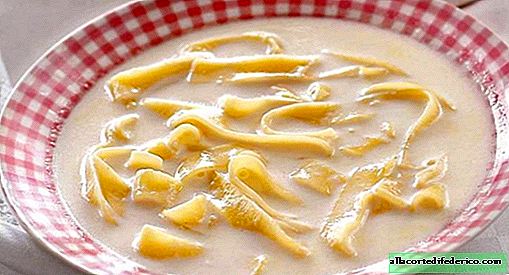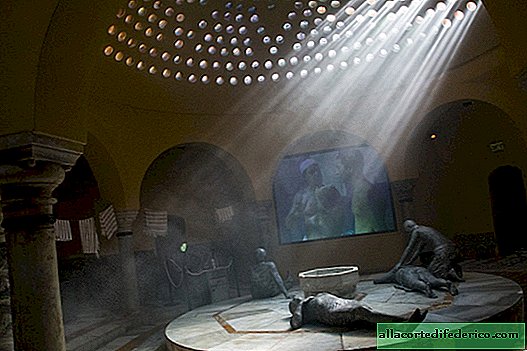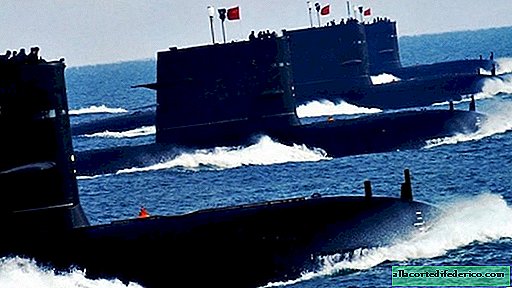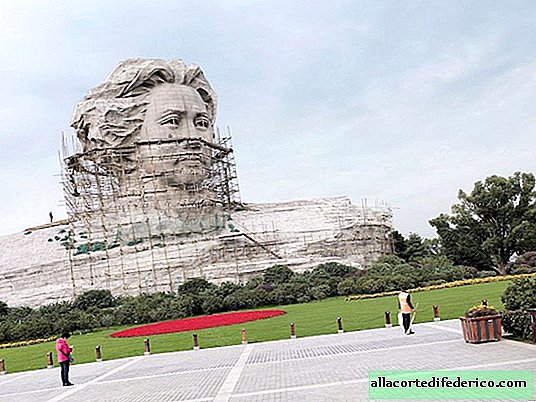How a bowl of delicious milk soup was able to stop the war
The first Kappel war destroyed the peace and idyll of Swiss villages. The armed conflict that arose as a result of a religious dispute turned the nearby cantons into opponents. As in a huge number of inter-Christian disputes, believers were ready to kill each other for theological differences, for each letter and comma. However, in the case of this conflict, it all ended thanks to a pan of delicious milk soup.
Can ordinary soup pacify two warring armies? Georg Kreis, a historian from Basel, states unequivocally: "Yes, if this is our legendary dairy treat."

The significance of the first dish in resolving military disagreements has a long history. In 1564, the famous Protestant and priest Heinrich Bullinger wrote about this: "With our opponents on the battlefield, we together drank milk."
Here is how it was. On June 10, 1529, the Protestant army from Zurich and the Catholic troops from Zug clashed on a field in Kappel am Albis, which today has the name Milchsuppestein, or, in other words, "the lawn where milk soup was eaten", to join the battle and find out who will get the disputed territories. While the infantry of both armies were preparing for the hostilities, a local judge, Hans Abley, invited the leaders of the two armies to agree on a peace agreement.
 Monument on the battlefield
Monument on the battlefieldTired and hungry warriors decided to stop and rest. According to legend, the soldiers placed a giant soup pot on the ground. Catholics got milk, Protestants got bread. The battle from the battlefield turned into a battle with spoons in a common cauldron. The warriors got into a conversation, the heated atmosphere changed into a friendly one. It became possible for parliamentarians to calmly agree on peace. An agreement was reached in two weeks.
The conflict resumed again two years later, the Second Kappel War began, but the story of milk soup became a legend. Nowadays, the monument Kappeler Milchsuppenstein is located on the battlefield. It is installed near the monastery, at the peak of a hill overlooking Lake Zug. The well-known 1869 painting by Albert Anker, stored at the Kunsthaus Museum in Zurich, demonstrates how rival warriors rest on the sides of the large soup vat and enjoy a delicious meal. Arms are thrown aside.

Historian Suzanne Wei-Cortals told the BBC that the very idea of a “reconciling milk soup” is consistent with Swiss folk psychology, it can be the emblem of a country that always seeks to avoid clashes and find a mutually acceptable solution. As she stated, for the Swiss, milk soup is a national symbol.

















